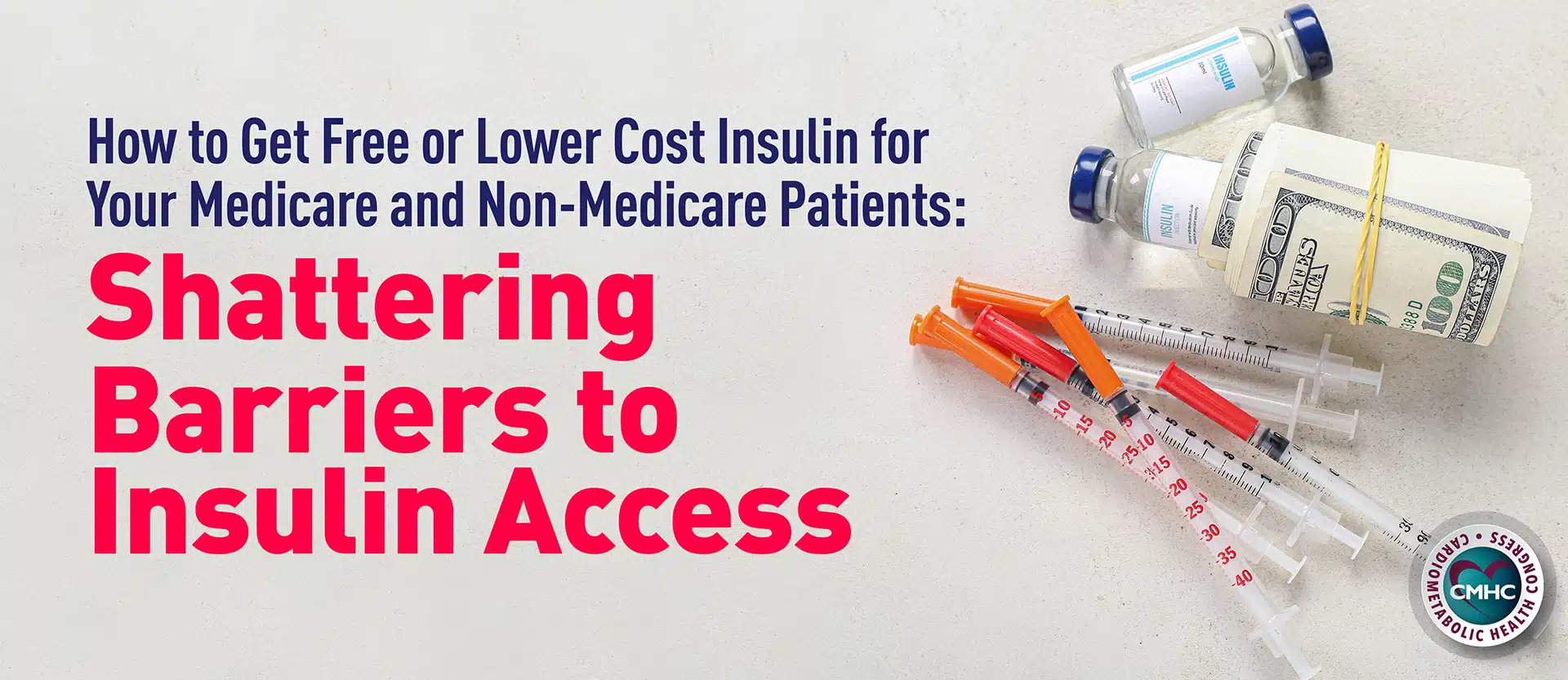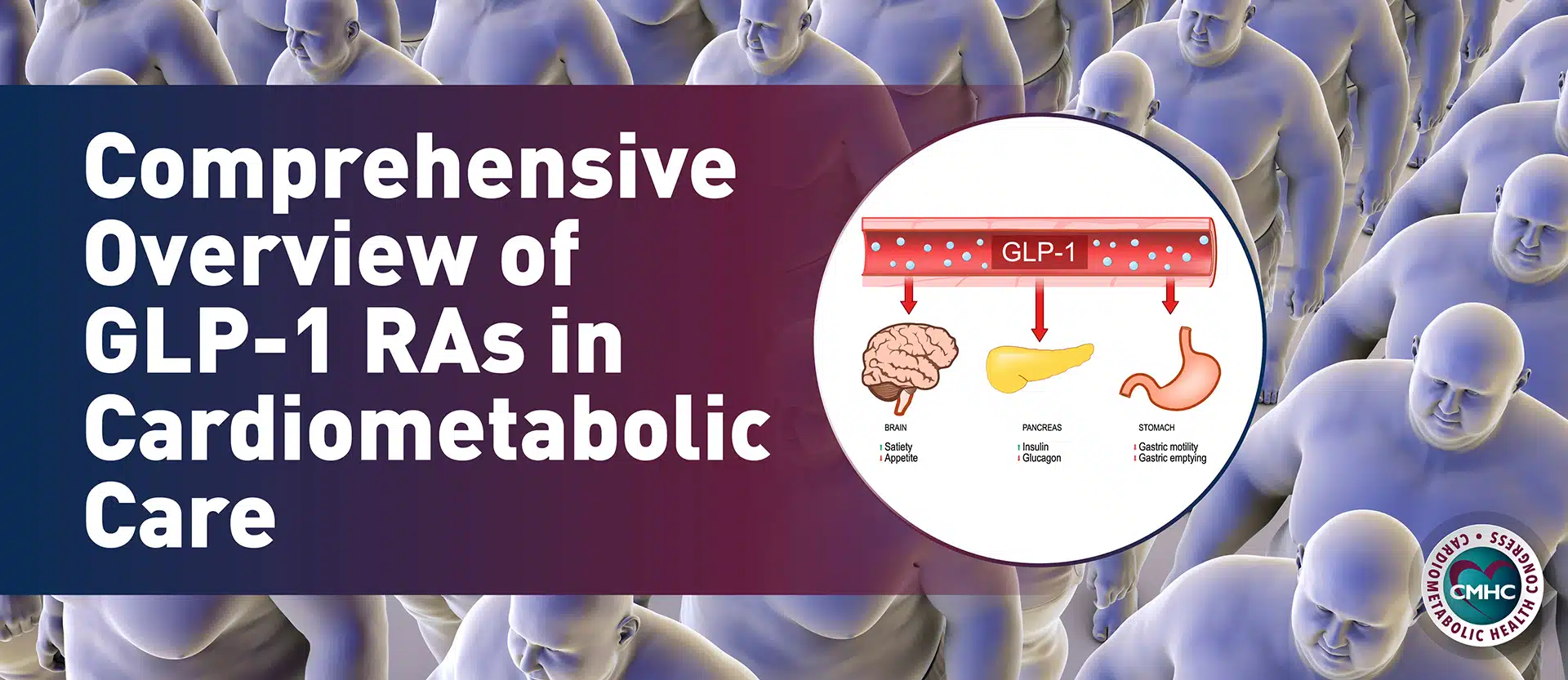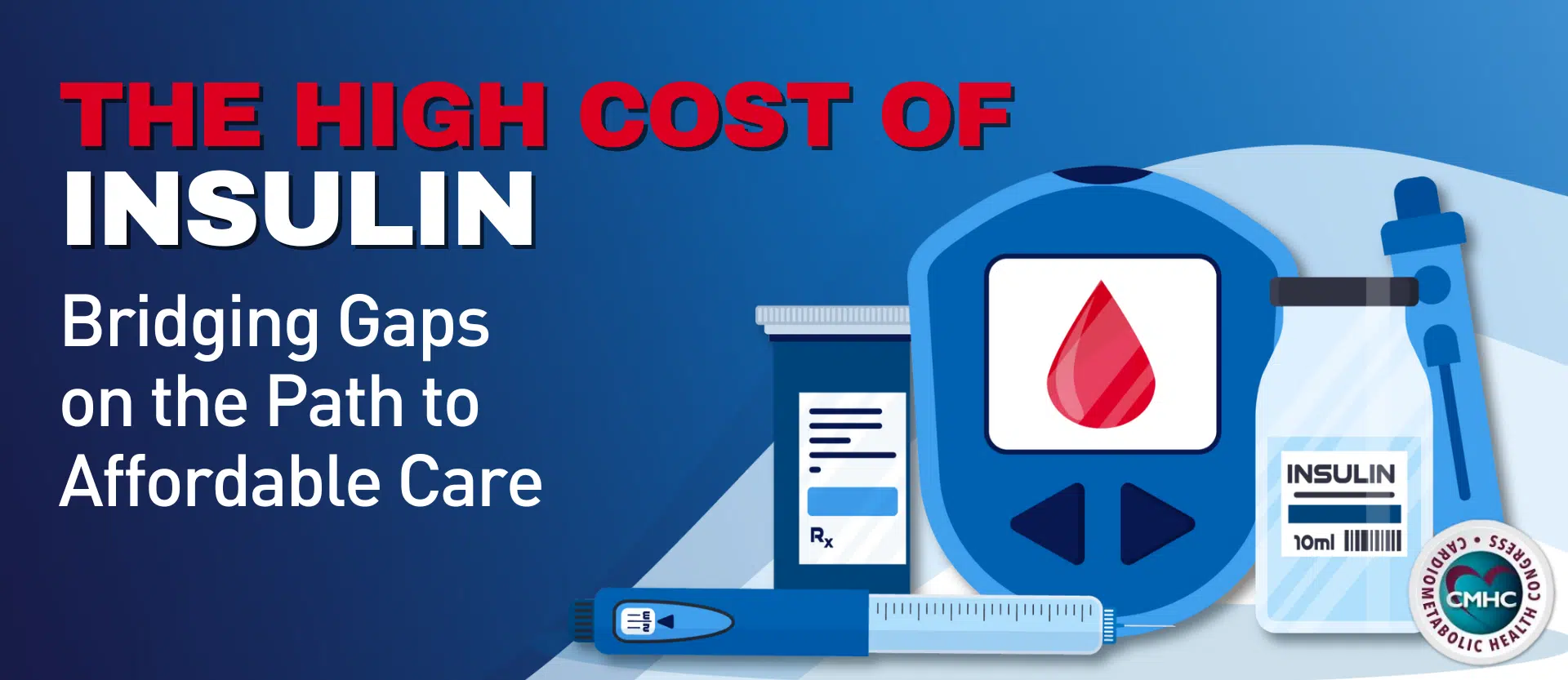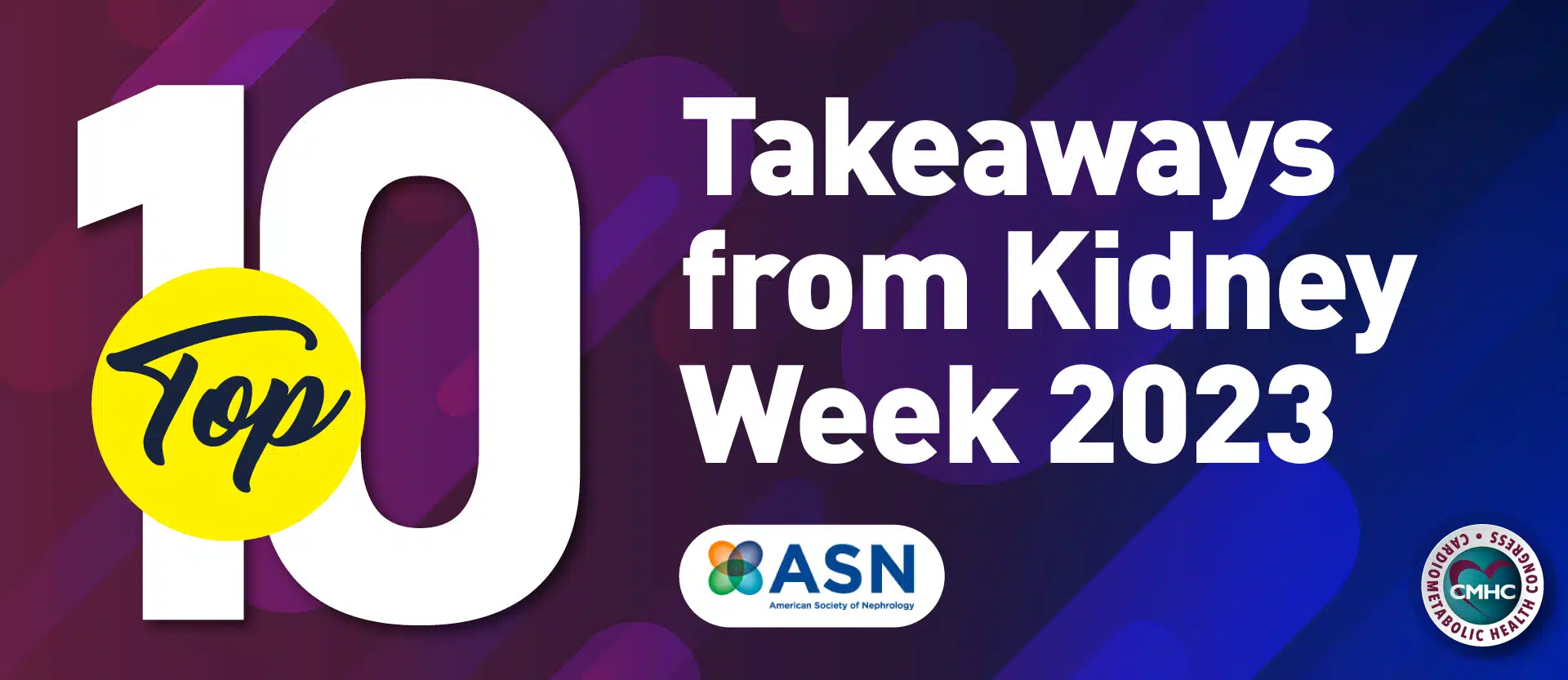Astronomically high insulin costs have led to complications and barriers to access for millions of Americans with diabetes. After years of pressure from the government and activist groups, we are just beginning to see a trend toward lower, more affordable drug prices, with insulin at the forefront of the conversation.
However, the complexities of state-regulated insurance, Medicare insulin caps, and insulin manufacturers’ patient assistance programs create a web of resources that is complicated to navigate.
As the go-to resource for specialists and frontline clinicians, we’re here to give you the tools to guide your patients through the intricacies of insulin price caps and savings programs.
How to Get Insulin for Your Medicare Patients
Medicare-lowered insulin costs are automatic and will be available at any in-network pharmacy. You can counsel patients about their benefits and ensure approved lower-cost insulin is prescribed.
Part D Insulin Costs
The Medicare drug plan can’t charge beneficiaries more than $35 for a one-month supply of each Part D-covered insulin, and they don’t have to pay a deductible. Medicare beneficiaries pay $35 (or less) for a one-month supply of each Part D-covered insulin product, even if they get Extra Help to lower their prescription drug costs.
If Medicare beneficiaries receive a 3-month supply of insulin, their costs cannot exceed $105 ($35 for each month’s supply).
Part B Insulin Costs
If Medicare beneficiaries use an insulin pump that is covered under Part B’s durable medical equipment benefit or they get covered insulin through a Medicare Advantage Plan, their cost for a month’s supply of Part B-covered insulin cannot be more than $35. The Part B deductible won’t apply. If Medicare beneficiaries have Part B and Medicare Supplement Insurance (Medigap) that pays their Part B coinsurance, the plan should cover the $35 (or less) cost of insulin.
If Medicare beneficiaries receive a 3-month supply of insulin, they will typically pay no more than $105 because their costs cannot be more than $35 for each month’s supply of each covered product.
Get more information about this new insulin benefit
Learn more about insulin costs in Part D and Part B
Read the FAQ on Medicare insulin cost-sharing changes (January 2023)
How to Get Insulin for Your Medicaid Patients
Most Medicaid patients receive insulin for free or at a nominal cost. Please advise your Medicaid patients to check their state’s Medicaid agency for specific information, as every state’s regulations differ.
Get more information on Medicaid insulin benefits.
How to Get Insulin for Your Patients Under Private/Commercial Insurance
Your patient may already live in a state with capped insulin copayments for state-regulated commercial health insurance plans, and if not, there are many savings programs for patients under other private insurance plans.
State-Regulated Insurance Plans
To get started, determine if your patient is covered by a state-regulated insurance plan. If not, move on to “other private insurance plans.”
Check the state insulin cap list.
Other Private Insurance Plans
Counsel your patient to reach out to their insurance provider and get a clear understanding of which insulin medications are covered and what they can expect to pay out of pocket.
If your patient cannot afford their insulin out-of-pocket costs, there may be a program for them. Recent insulin manufacturer out-of-pocket cost caps and drug list price cuts may provide insulin cost relief for your patients:
Lilly:
Effective immediately, Lilly will automatically cap out-of-pocket costs at $35 at participating retail pharmacies for people with commercial insurance who use Lilly insulin.
- Cutting List Prices: Cutting the list price of its non-branded insulin, Insulin Lispro Injection 100 units/mL, to $25 a vial. Humalog® (insulin lispro injection) 100 units/mL1, Lilly’s most commonly prescribed insulin, and Humulin® (insulin human) injection 100 units/mL2 by 70%.
- Launching New, Cheaper Insulin: RezvoglarTM (insulin glargine-aglr) injection, basal insulin that is biosimilar to, and interchangeable with, Lantus® (insulin glargine) injection, for $92 per five pack of KwikPens®.
- Insulin Value Program: The expanded program caps patient out-of-pocket costs at $35 or less per month.
Novo Nordisk:
Effective January 1, 2024, the company lowered the U.S. list prices of several insulin products by up to 75%. Products include both pre-filled pens and vials of basal (long-acting), bolus (short-acting), and pre-mix insulins, specifically Levemir®, Novolin®, NovoLog®, and NovoLog® Mix 70/30. Novo Nordisk reduced the list price of unbranded biologics to match the lowered price of each respective branded insulin.
In addition, patients can access savings through Novo Nordisk’s established programs:
- Unbranded Biologics: Insulin Degludec is currently available at 65% off the list price of Tresiba®; Insulin Aspart and Insulin Aspart Protamine/Insulin Aspart are currently available at 50% off the list price of NovoLog® and NovoLog® Mix.
- Novo Nordisk Human Insulin: A Walmart program offers human insulin for approximately $25 per vial; it is also available at CVS for $25.
- Copay Savings Cards: Copays for as little as $25-35 for several insulin products for eligible patients on commercial insurance plans.
- My$99Insulin: A 30-day supply of a combination of insulin products (up to three vials or two packs of pens) for $99, equating to $33/vial or $49.50/pack of pens.
- Immediate Supply: A one-time free 30-day supply of insulin (up to three vials or two packs of pens) to eligible patients at risk of rationing.
- Patient Assistance Program (PAP): Offers free diabetes medication to people in need who meet specific eligibility criteria.
Sanofi:
Effective January 1, 2024, Sanofi has capped out-of-pocket costs at $35 for Lantus® for all patients with commercial insurance and cut the list price of Lantus® (insulin glargine injection) by 78%.
Sanofi also offers savings programs:
- Copay Assistance Program: Commercially insured people are eligible for Sanofi’s copay assistance programs, which limit out-of-pocket expenses for most participating patients to $15 or less for their diabetes medicines for a 30-day supply. See the copay savings program product list here.
- Insulins Valyou Savings Program: Uninsured people are eligible for the Insulins Valyou Savings Program – regardless of income level – enabling them to buy one or multiple Sanofi insulins at $35 for a 30-day supply. See a complete list of covered products here.
- Sanofi Patient Connection Program: Offers free medications to qualified low- and middle-income patients through the Sanofi Patient Connection program.
- Immediate One-Month Supply: Some people facing unexpected financial hardship may be eligible for a one-time supply of their Sanofi medicine as they wait for their application to be processed.
How to Get Insulin for Your Patients Without Insurance
Insulin manufacturers provide insulin at no cost to uninsured people and those who meet income eligibility requirements through patient assistance programs. Many of these same programs also help Medicare and commercially insured patients save on their diabetes medications.
Follow our step-by-step guide to help your patients access affordable insulin through the appropriate patient assistance programs:
Lilly
Who: This program is for those with or without commercial insurance.
What: Through the Lilly Insulin Value Program, all Lilly insulins are available for $35 a month, whether you have commercial insurance or no insurance.
How: Go to the website or call the Lilly Diabetes Solution Center at 1-833-808-1234. These savings cover all Lilly insulins.
Get discounted Lilly Insulin in three simple steps:
- Download savings card
- Print or present mobile device to pharmacist
- Receive discounted Lilly insulin
Novo Nordisk
Who: For eligible patients with Medicare or no insurance.
What: Those who are approved for the Novo Nordisk Patient Assistance Program (PAP) may qualify for free insulin medication. Click here for a list of medications covered by PAP.
How: To learn more about PAP, click here or call 866-310-7549.
Patients can apply for Novo Nordisk PAP in 4 steps:
- Complete the application online OR by downloading and printing it
- Ask their healthcare provider to complete their portion
- Wait for approval
- If approved, medication will be sent to the provider’s office for patients to pick up
Click here for a complete list of new options to help patients access affordable insulin with NovoCare.
Sanofi
Who: For all uninsured people – regardless of income level.
What: Insulins Valyou Savings Program helps patients buy one or multiple Sanofi insulins at $35 for a 30-day supply.
How: Visit the Sanofi Patient Connection website or call 1-888-847-4877.
Below is the 5-step process for patients applying for Sanofi insulin savings:
- Select state-specific Sanofi Patient Connection Application
- Patients fill out the form, including patient HIPAA and Income Verification
- Healthcare providers complete their portion of the form, then sign, date, and mail/fax the completed form
- Patients and healthcare providers will receive an approval notification
- Medication will be sent directly to the healthcare provider’s office
Together, we can bridge the gap and increase access to affordable insulin for all Americans who have diabetes. Follow CHMC for up-to-date research, news, publications, and much more in this quickly evolving field of cardiometabolic health!


















